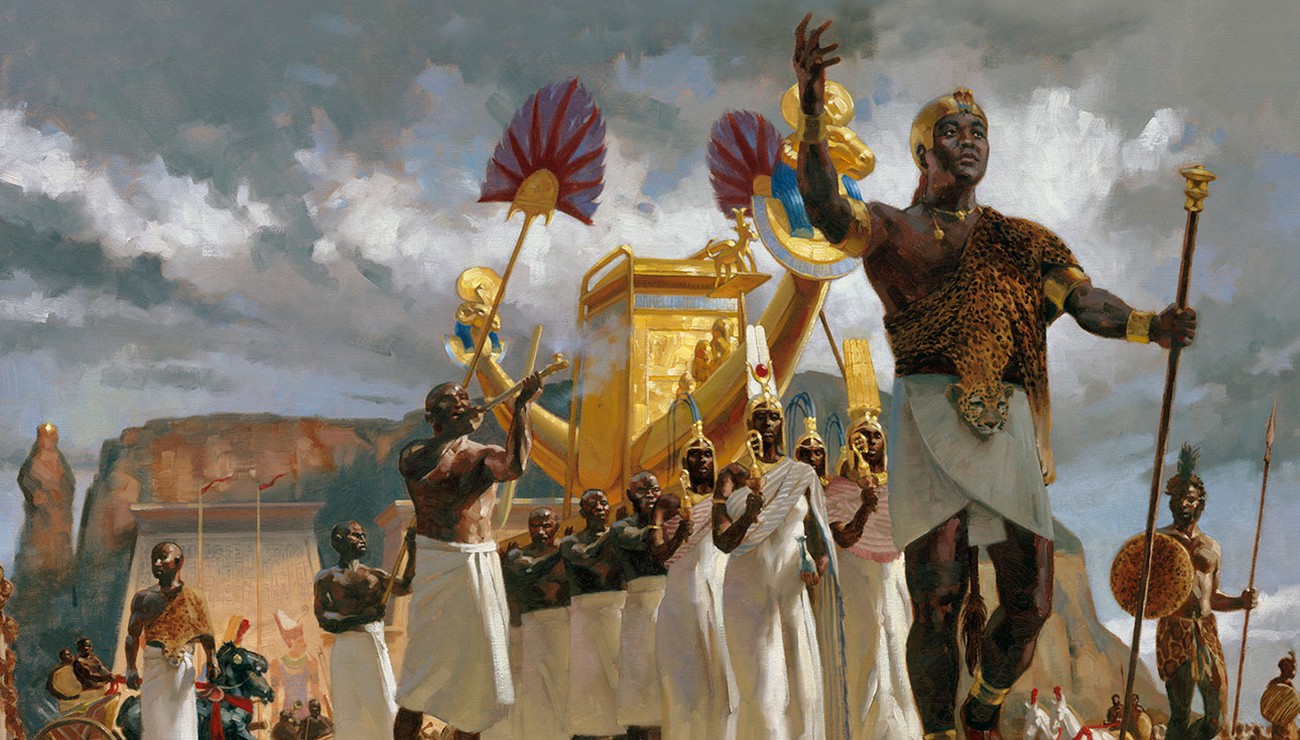Ancient Egypt is renowned for its impressive pyramids, fascinating mythology, and powerful pharaohs. However, many people are unaware that some of the most influential rulers of Ancient Egypt were not actually of Egyptian descent. In fact, they were the Black Pharaohs of Kush, who ruled Ancient Egypt from the 8th to the 4th century BCE. In this post, we will explore the history of the Kingdom of Kush and the reign of its most prominent Black Pharaohs, including their military campaigns, cultural influence, and legacy.
The Kingdom of Kush The Kingdom of Kush was located in what is now modern-day Sudan, and it was one of the oldest civilizations in Africa. The kingdom was established around 2500 BCE and was initially a small Nubian settlement. However, it soon grew in size and power, thanks to its advantageous location along the Nile River. The kingdom was strategically located between the Mediterranean Sea and the interior of Africa, making it a vital center for trade and commerce.
Over time, the Kingdom of Kush expanded its territory and established itself as a major power in the region. The kingdom’s capital, Meroë, was a bustling city with impressive architecture, thriving markets, and a diverse population. The Kushites were known for their expertise in ironworking, which helped them build a powerful army and expand their territory.
The Black Pharaohs of Kush The Black Pharaohs of Kush were a line of Nubian kings who ruled Ancient Egypt from the 8th to the 4th century BCE. The first Black Pharaoh was Alara, who ruled over the Kingdom of Kush in the 8th century BCE. Alara was succeeded by his brother, Kashta, who continued the kingdom’s expansion into Egypt. Kashta’s son, Piye, was the most famous Black Pharaoh and is credited with the conquest of Egypt.
Piye’s military campaign was swift and decisive. He marched his army north along the Nile River and defeated the Egyptian king, Tefnakht, at Memphis. Piye then established himself as the new pharaoh of Egypt and began a period of cultural and religious reform. He built new temples and encouraged the worship of the god Amun. Piye’s reign marked the beginning of the Twenty-fifth Dynasty of Egypt, which was also known as the Nubian Dynasty.
Under the Black Pharaohs, Ancient Egypt experienced a period of cultural and artistic flourishing. The Nubian kings were patrons of the arts and commissioned numerous sculptures, paintings, and temples. They also promoted the worship of Amun, who became one of the most important gods in Ancient Egypt. The Black Pharaohs also built impressive pyramids and tombs, similar to those of their Egyptian predecessors.
Legacy of the Black Pharaohs The Black Pharaohs of Kush left a lasting legacy on Ancient Egypt and the Kingdom of Kush. Their reign marked a significant shift in power dynamics in the region, with Nubia emerging as a dominant power in the area. The cultural and religious reforms introduced by the Black Pharaohs had a lasting impact on Ancient Egyptian culture and religion. Their artistic and architectural contributions helped shape the iconic image of Ancient Egypt that we know today.
However, the Kingdom of Kush eventually declined, due to factors such as climate change, economic instability, and political unrest. The kingdom was eventually conquered by the Kingdom of Axum in the 4th century CE, marking the end of the Nubian Dynasty.
In conclusion, the Great Black Pharaohs of Kush were some of the most influential rulers in Ancient Egyptian history. Their military campaigns, cultural influence, and artistic contributions left a lasting impact on the region

Superb and well-thought-out content! If you need some information about Airport Transfer, then have a look at YV6
As someone still navigating this field, I find your posts really helpful. My site is YQ9 and I’d be happy to have some experts about Airport Transfer like you check it and provide some feedback.